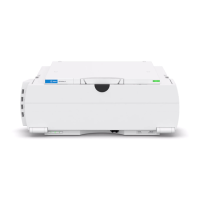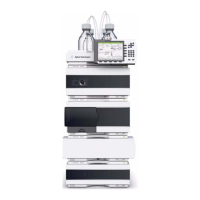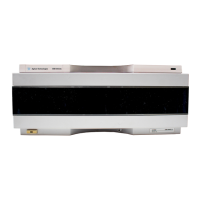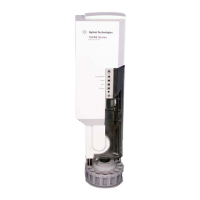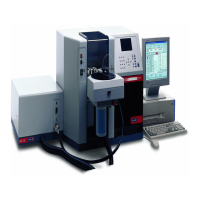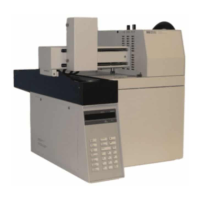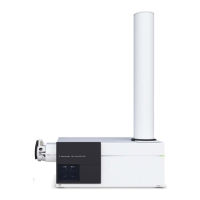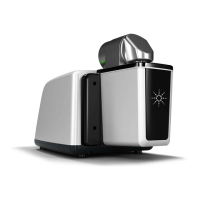54 1260 Infinity Binary LC - System User Guide
3 Optimization of the Agilent 1260 Infinity Binary LC
How to Achieve Higher Resolution
was used in the decision on phases, it is likely that short columns were used
for fast analysis in each step of the scouting.
The resolution equation shows that the next most significant term is the
plate count or efficiency, N, which can be optimized in a number of ways.
N is inversely proportional to the particle size and directly proportional to
the length of a column and so smaller particle size and a longer column
will give a higher plate number. The pressure rises with the inverse square
of the particle size and proportionally with the length of the column.
Resolution increases with the square root of N so doubling the length of
the column will increase resolution by a factor of 1.4. What is achievable
depends on the viscosity of the mobile phase as this relates directly to the
pressure. Methanol mixtures will generate more back pressure than
acetonitrile mixtures. Acetonitrile is often preferred because peak shapes
are better and narrower in addition to the lower viscosity but methanol
generally yields better selectivity (certainly for small molecules less than
about 500 Da). The viscosity can be reduced by increasing the temperature
but it should be remembered that this can change the selectivity of the
separation. Experiment will show if this leads to increase or decrease in
selectivity. As flow and pressure are increased, it should be remembered
that frictional heating inside the column will increase. That can lead to
slightly increased dispersion and possibly a small selectivity change both
of which could be seen as a reduction in resolution. The latter case might
be offset by reducing the temperature of the thermostat by a few degrees
and again experiment will reveal the answer.
The van Deemter curve shows that the optimum flow rate through an STM
column is higher than for larger particles and is fairly flat as the flow rate
increases. Typical, close to optimum, flow rates for STM columns are:
2 ml/min for 4.6 mm i.d.; and 0.4 ml/min for 2.1 mm i.d. columns.
